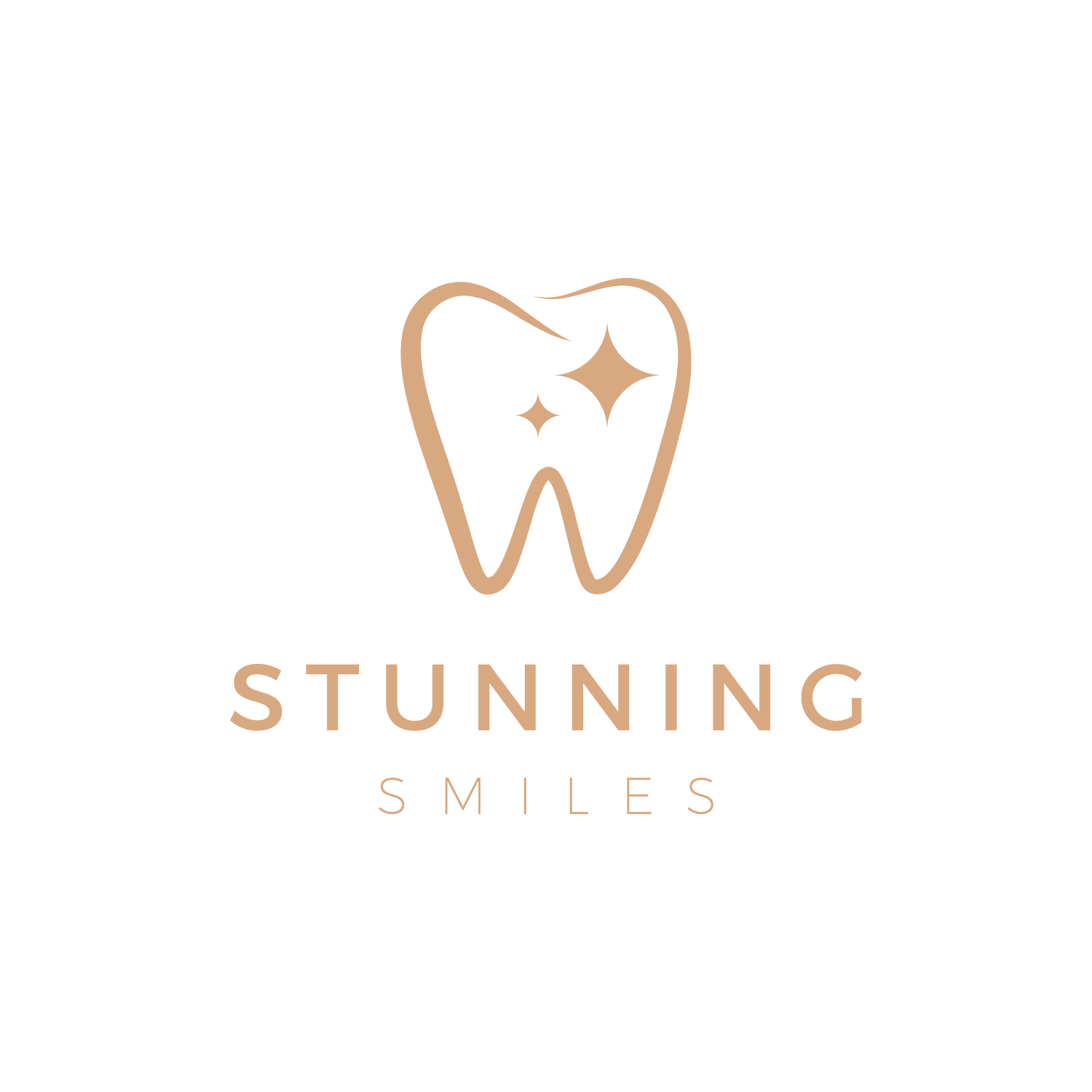Cracked Tooth Syndrome: Causes, Symptoms, and Treatment
A cracked tooth can cause a world of discomfort, and for some, it's a mystery as to how it happened. Cracked Tooth Syndrome (CTS) occurs when a tooth has a crack too small to show up on X-rays, or is under the gum line, making it tricky to diagnose. Left untreated, it can lead to more serious oral health issues. Understanding the causes, symptoms, and treatment options can help you manage this common dental problem effectively.
What Is Cracked Tooth Syndrome?
Cracked Tooth Syndrome refers to small fractures or cracks in a tooth that may not be visible, even though they cause pain. These cracks can occur due to various reasons, often in the molars, where there is more pressure from chewing and grinding.
Common Causes of Cracked Tooth Syndrome
There are several reasons why a tooth might crack. Some of the most common causes include:
- **Biting on hard foods**: Crunchy or hard foods such as nuts, ice, or hard lollies can place pressure on teeth, leading to cracks.
- **Grinding or clenching**: Teeth grinding (bruxism) or clenching can weaken tooth enamel over time, making teeth more susceptible to cracks.
- **Previous dental work**: Teeth with large fillings or those that have undergone root canal treatment are more prone to cracking.
- **Accidents or trauma**: A fall, sports injury, or any accident that impacts the mouth may cause a tooth to crack.
- **Age**: As we age, our teeth naturally become more brittle and prone to cracking.
### Symptoms of Cracked Tooth Syndrome
The symptoms of Cracked Tooth Syndrome can vary, depending on the location and severity of the crack. However, some of the most common signs include:
- **Sharp pain when biting or chewing**: Often, people with CTS experience pain when they apply pressure on a specific area of the tooth.
- **Sensitivity to temperature**: Hot or cold foods and drinks can trigger discomfort.
- **Intermittent pain**: Unlike other dental conditions, the pain may come and go, making it difficult to pinpoint the cause.
- **Swelling around the tooth**: In some cases, the area around the affected tooth may swell or feel tender.
If you're experiencing any of these symptoms, it’s essential to seek professional advice from your dentist or oral health therapist. Early detection and treatment can prevent further damage.
How is Cracked Tooth Syndrome Diagnosed?
CTS can be challenging to diagnose due to the small size of the cracks. Your dentist may use a combination of the following methods:
- **Visual examination**: Though cracks may be invisible, your dentist will still look for signs of wear or fracture.
- **Bite tests**: Your dentist may ask you to bite down on a specific object to identify the location of the pain.
- **X-rays**: Although small cracks may not always show up, X-rays can help rule out other dental issues.
- **Dental dye**: This may be used to highlight the crack in the tooth.
Treatment Options for Cracked Tooth Syndrome
The treatment of Cracked Tooth Syndrome depends on the severity and location of the crack. Early intervention can save your tooth and prevent more invasive procedures. Some common treatment options include:
- **Bonding or filling**: For minor cracks, dental bonding or fillings can help restore the tooth’s structure.
- **Dental crowns**: If the crack is more severe, a crown may be placed over the tooth to provide protection and prevent further damage.
- **Root canal therapy**: In cases where the crack extends to the pulp (the centre of the tooth), root canal treatment may be required to remove the damaged tissue.
- **Tooth extraction**: If the tooth is severely cracked and cannot be saved, extraction may be necessary, followed by the option of a dental implant or bridge.
Preventing Cracked Tooth Syndrome
While it’s not always possible to prevent CTS, you can reduce the risk by adopting good oral hygiene habits and avoiding behaviours that put your teeth at risk:
- **Avoid chewing on hard objects** like ice or hard lollies.
- **Wear a nightguard** if you grind or clench your teeth.
- **Use a mouthguard** when playing sports to protect your teeth from trauma.
- **Visit your dentist regularly** to detect any early signs of cracks or damage.
Cracked Tooth Syndrome may be difficult to diagnose, but with early intervention, you can prevent long-term damage to your oral health. If you experience any symptoms, such as sharp pain when chewing or temperature sensitivity, it’s crucial to visit your dentist for an assessment. With proper care and treatment, you can maintain a healthy, pain-free smile.
If you have any concerns about your dental health or suspect you may have a cracked tooth, feel free to reach out to your oral health professional for advice.

